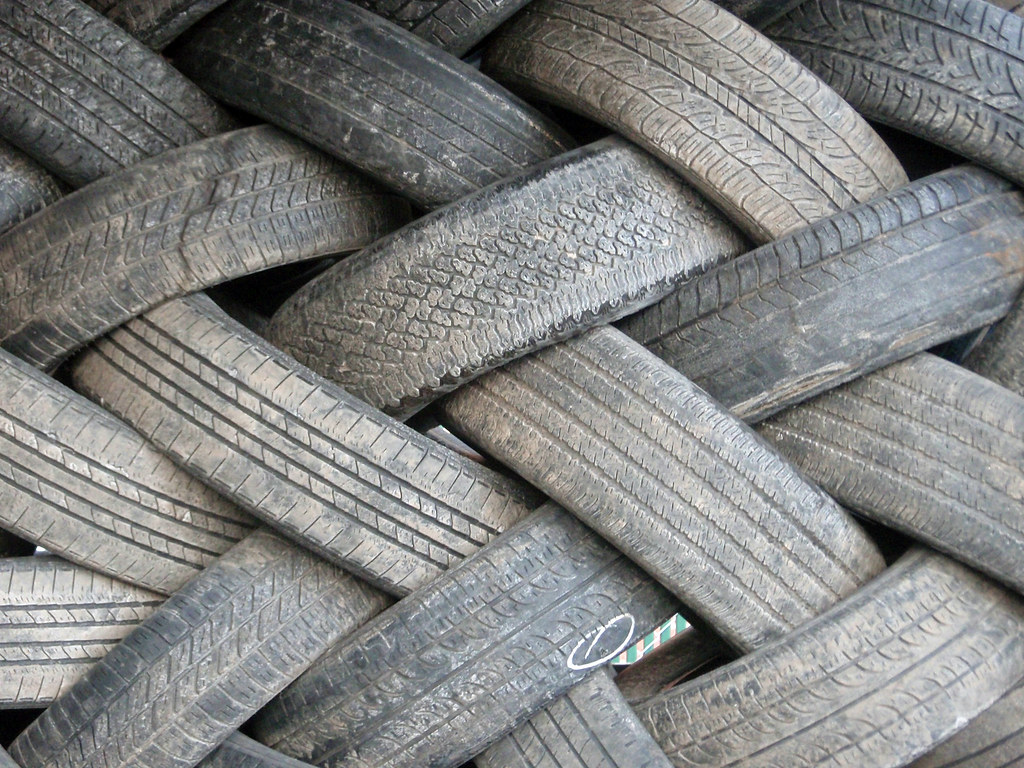When it comes to cars and automotive enthusiasts, there’s a world of technical jargon and ratings that can be overwhelming to navigate. From load ranges to speed ratings, understanding tire specifications is essential for optimal performance and safety. In this guide, we’ll break down the key points you need to know to make informed decisions about your tires. Whether you’re a beginner or a seasoned enthusiast, read on to demystify the world of tire ratings.
E Rated Tires: Unveiling the Load Rating
Tires come with multiple ratings that define their capabilities. Among these, E-rated tires stand out, particularly in the realm of load ratings. When discussing E-rated tires, we’re referring to the load rating, which indicates the tire’s ability to handle weight and pressure. This rating is crucial for trucks and larger vehicles that require enhanced capacity.
Unlike the speed rating, which uses alphabetical codes to indicate the maximum speed a tire can handle, the load rating is symbolized by alphabet codes that signify the ply-rating of the tires. Ply-rating refers to the number of layers or plies within the tire, which directly correlates to its strength and ability to handle tire pressure at maximum load.
E-rated tires fall within the middle of the load rating spectrum, denoting that they possess 10 plies. E1-rated tires can withstand up to 80 PSI, while E2 tires manage up to 65 PSI. It’s essential to note that this load rating is specific to Light Truck (LT) tires, as Passenger (P) tires generally have four plies across their range.
Load Range: Tailoring Tires to Weight Needs
Load range plays a significant role in tire selection, especially for those seeking tires that can bear varying weights. From everyday tasks to heavy-duty needs, load range determines a tire’s endurance and weight-bearing capabilities.
E for Enhanced Capacity
Load range E is a standout choice for trucks and larger vehicles. These tires can support a weight load ranging from 2,801 to 3,500 lbs per tire, making them ideal for tasks that demand robustness and endurance.
D: Balancing Weight and Performance
Before E-rated tires gained popularity, there were load range D tires. Slightly lighter in weight-bearing capacity, these tires can handle between 2,201 to 2,800 lbs per tire. They strike a balance between performance and weight support, making them a favorite for light trucks and larger SUVs.
C: Versatile and Common
Load range C tires cater to weights ranging from 1,821 to 2,270 lbs per tire. Versatile and commonly found on lighter trucks and SUVs, they offer dependable performance for everyday tasks and diverse road conditions.
B: A Fit for Smaller Vehicles
Load range B tires are suited for vehicles weighing between 1,351 to 1,521 lbs. Designed for smaller vehicles like compact SUVs and larger sedans, they provide a comfortable ride without compromising weight-bearing capabilities.
F and G: Powerhouses for Extreme Loads
For heavy-duty tasks, load range F tires step in, supporting massive weight loads ranging from 3,961 to 4,805 lbs. These tires excel in commercial vehicles and heavy trailer towing, ensuring stability and safety under intense loads. Going further up the ladder, load range G tires offer support between 4,061 to 5,512 lbs per tire, making them the go-to choice for extreme loads in larger commercial vehicles.
H: The Heavyweight Champion
Load range H tires reign supreme, handling an astounding 5,512 to 6,904 lbs. These tires are tailored for the most massive commercial trucks, providing unparalleled support for heavyweight hauling.
Tire Load Index, Load Range, and Speed Rating: Cracking the Code
Understanding tire ratings goes beyond load range. The tire load index, presented as a numeric code, indicates a tire’s maximum weight-bearing capacity when properly inflated. This number should match or exceed your vehicle’s specifications for safety and performance.
Tire load range represents a tire’s strength, with letters denoting the range. The higher the letter, the stronger the tire. In contrast, the tire speed rating reveals the maximum speed a tire can handle while carrying its maximum load. Remember to adhere to speed limits for safety.
E Rated Tires vs. Other Load Ratings: Making Informed Choices
Comparing E-rated tires to other load ratings unveils their unique features. E-rated tires, boasting a weight-bearing capacity between 2,801 to 3,500 lbs, are an excellent fit for trucks and substantial vehicles. On the other hand, D-rated tires, supporting 2,201 to 2,800 lbs, offer a slightly lighter weight capacity, making them suitable for light trucks and larger SUVs.
When transitioning to load range C, the gap widens, as these tires can bear weights between 1,821 to 2,270 lbs. E-rated tires step up with increased weight capacity, making them a robust choice for heavy-duty tasks. The divide persists when comparing load range B and E, with the latter offering superior endurance and weight-bearing capabilities.
Unlocking the Code: Load Index, Load Range, and More
Tire specifications go beyond load ratings. The tire load index, expressed numerically, highlights a tire’s safe weight-bearing capacity at optimal pressure. Load range indicates a tire’s strength, with letters representing the range. Meanwhile, the tire speed rating denotes the highest speed a tire can handle while carrying its maximum load.
Understanding these ratings empowers you to choose the right tires for your needs, ensuring safety, efficiency, and longevity. Whether you’re navigating city streets or tackling heavy-duty tasks, tire ratings provide the roadmap to optimal performance and peace of mind.


